Hoolock gibbons and
golden langurs
Project profile
Hoolock gibbons and golden langurs
Study species: Hoolock gibbons and golden langurs
Project location: India
Species fact: Golden langur monkeys are found in the Assam region in Northeastern India and in southern Bhutan and are considered sacred by Himalayan people. With their flowing coats and black faces, golden langurs are one of the world’s most striking and beautiful monkeys, but with fewer than 10,000 individuals left in the world, they’re close to extinction.
Western hoolock gibbons are an endangered lesser ape found across Asia, though 70% of the Indian population are in Assam. Males are black with a distinctive white eyebrow-like stripe above their eye, whereas females are much lighter in colour, usually beige, with dark brown hair on the sides of their face. They form monogamous pairs and will sing in unison to mark their territory.
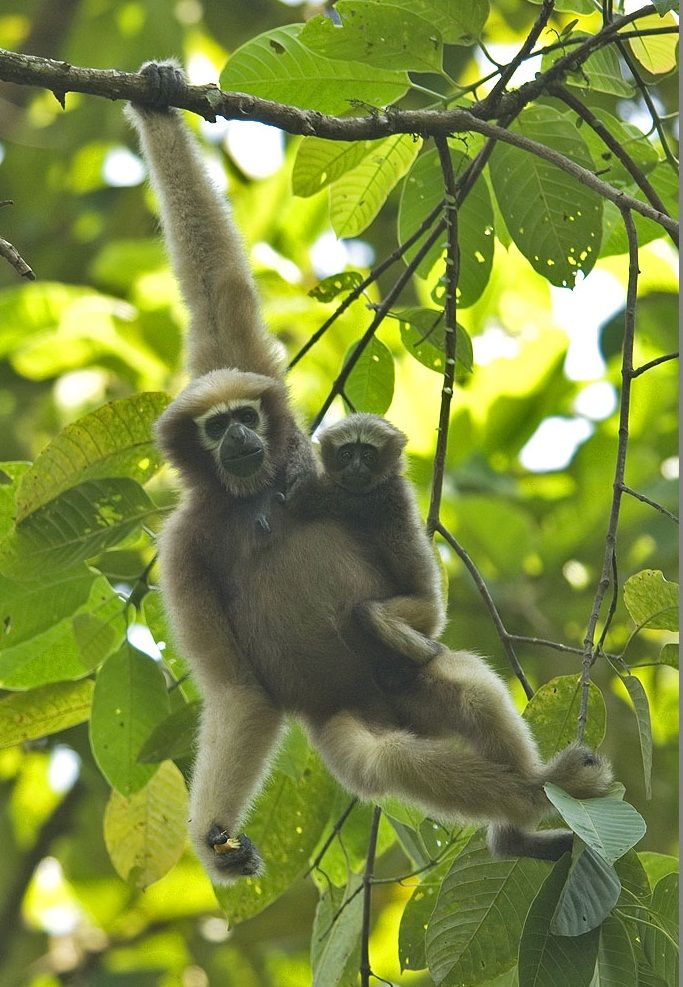
Problem: Sadly, habitat loss is severely threatening golden langurs. The Assam region has lost almost one half of its forest in the last few decades. The remaining populations of golden langurs now exist in isolated pockets of forest, and must travel across farmland, villages and roads to find food and mates. Their numbers in Bhutan have also declined in the past three decades. As a result, the IUCN Primate Specialist Group listed golden langurs as one of the ‘25 most endangered primates in the world’ in 2016-18 and again in 2018-2020.
Western hoolock gibbons are threatened with habitat loss and hunting throughout their range. In Assam the population has dramatically declined by 90% in recent years.
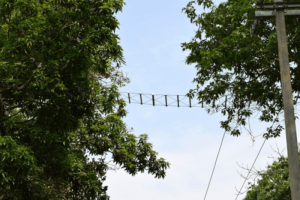
Goal 1
We will manage and maintain artificial canopy bridges installed across roads and villages in the Kokrajhar district of Assam, helping golden langurs travel in the treetops between pockets of forest rather than having to venture down to the ground.
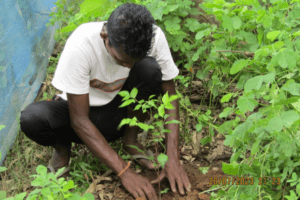
Goal 2
We will restore natural corridors of forests across the villages by planting saplings, joining up forest fragments, helping to increase the monkey’s habitat and provide new routes for them to safely move through the landscape.
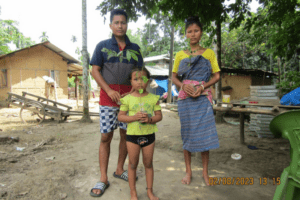
Goal 3
We will assess the population and habitat status of western hoolock gibbons and Bengal slow loris in the newly created Dehing-Patkai National Park and work with both forest staff and the local community to development a management plan for the park as well as design and implement a community-based gibbon monitoring programme.
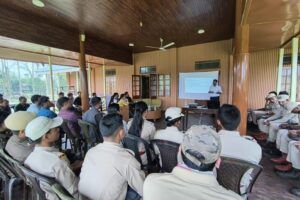
Goal 4
We will involve the local community, running education sessions on primate conservation, as well as promoting alternative livelihoods for those living in the border areas around Dehing-Patkai National Park, to reduce the reliance on forest resources and endorse sustainable practices.

What your donation can achieve
£25
could help plant saplings to restore natural corridors of forest, providing new safe routes through the landscape.
£50
could help the team to manage and maintain artificial canopy bridges installed across roads and villages.
£100
could allow the team to train forest rangers on primate conservation and monitoring.
